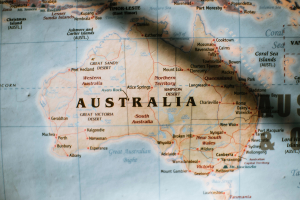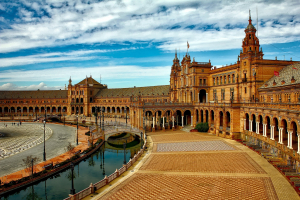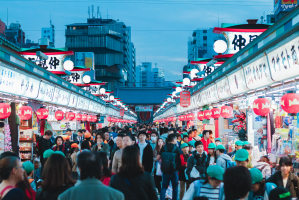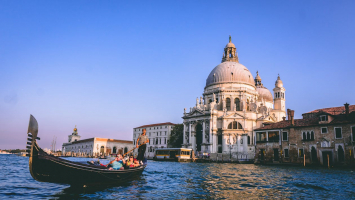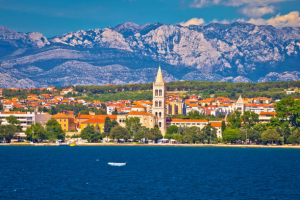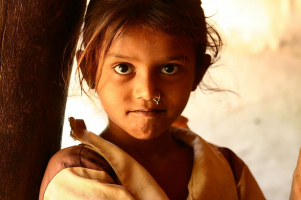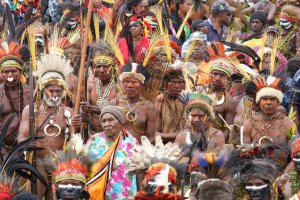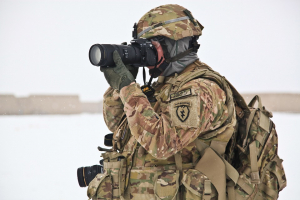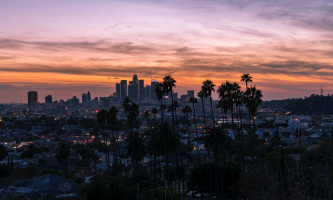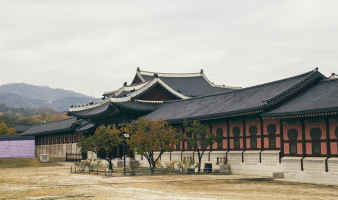Top 5 Reasons Why 97% of Namibia is Empty
Namibia, officially the Republic of Namibia, is a country in Southern Africa. Despite being the driest country in sub-Saharan Africa, Namibia is loaded with ... read more...diamonds and uranium, as it is in the top 6 largest producers in the world, for both. However, this country only has a population of 2.5 million people, meaning it has the second-lowest population density of any sovereign country, after Mongolia. In this post, let's find out why 97% of Namibia is empty.
-
The first reason why 97% of Namibia is empty is the country's geography. The Namibian landscape consists generally of five geographical areas including the Central Plateau, the Namib, the Great Escarpment, the Bushveld, and the Kalahari Desert. Two of the main geographical areas are deserts - the Namib and the Kalahari Desert, and the area of the pure desert takes up to 16% of the whole country, making it hard to get resources to sustain people living in Namibia. In fact, due to this geographical phenomenon, Namibia has the least rainfall of any country in sub-Saharan Africa.
Namibia is situated between the Namib and the Kalahari deserts. On one side of Namibia, the Namib desert stretches along the entire coastline and varies between 100 and 200 kilometers (60 and 120 mi) in width. This desert is a gigantic expanse of moving gravel plains and dunes of all shapes and sizes, literally blocking the country from the ocean. As the result, the desert and saltwater make it difficult to sustain life near the coast. On the other side, the Kalahari desert is one of Namibia's well-known geographical features. Unlike the Namib desert, the Kalahari desert has a variety of localized environments, including some verdant and technically non-desert areas. In fact, approximately 10 percent of the world's succulents are found in this area. However, it still being the desert is a big reason why people find it hard to live there, making it a part of the 97% "empty" area of Namibia.
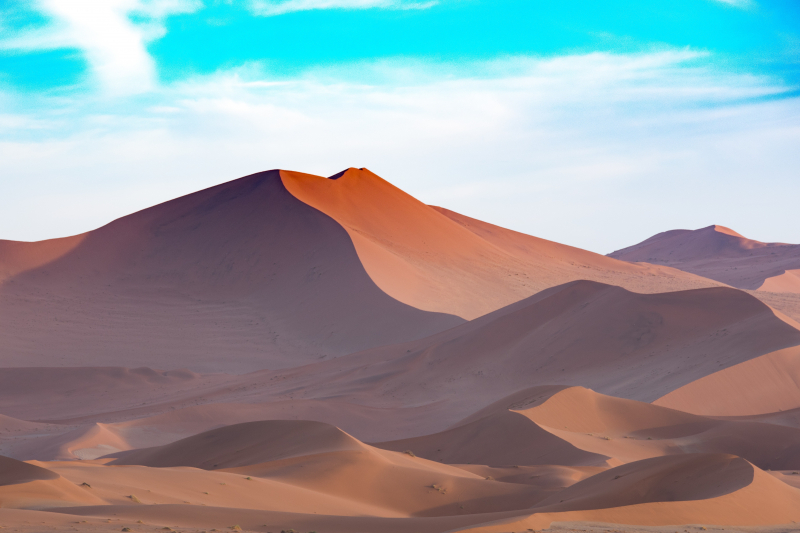
Photo by Pixabay for Pexels 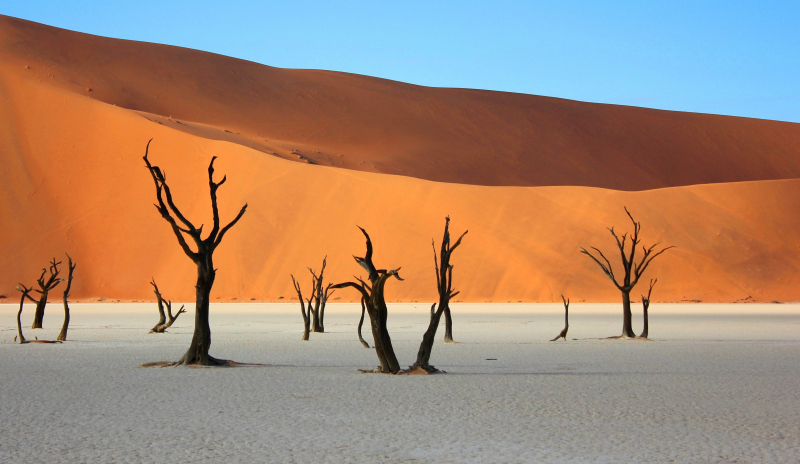
Photo by Roger Brown for Pexels -
The next reason that contributes to 97% of Namibia being empty, is the country's extreme climate. Namibia extends from 17°S to 25°S latitude, which is the range of the sub-Tropical High-Pressure Belt. The climate description of the sub-Tropical High-Pressure Belt is hot and arid, it gives Namibia a frequent clear sky, and provides the country with more than 300 days of sunshine per year. In the far south of Namibia, Warmbad for instance, the temperature maxima could be above 40 °C (104 °F). The overall temperature of Namibia is therefore also high. During summer months the average temperature can hike up to 36° C. This harsh temperature makes living very difficult in most parts of the country.
The winter in Namibia (June – August) is dry, and both rainy seasons of Namibia occur in the summer. The first one is a small rainy season between September and November. The second one is bigger and longer, between February and April. However, rainfall in Namibia is very erratic and sparse, and droughts are common. The country often goes through extended periods of drought in most areas. Despite being a country with a small amount of rain, Namibia still has a part of the Orange River running through it. This has caused annual seasonal flooding in the northern parts of the country called "Efundja". The worst floods so far occurred in March 2011 and displaced 21,000 people. This is one of the reasons that make the living conditions in the northern parts of Namibia hard to live in.
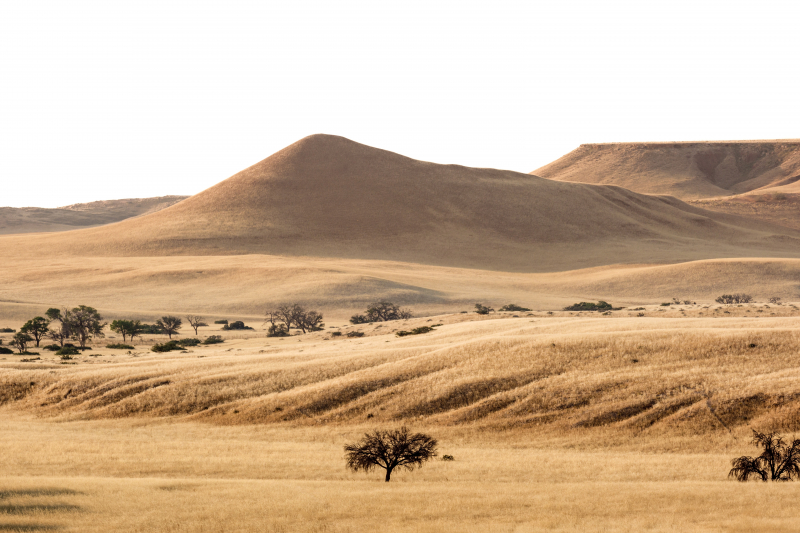
Photo by op23 for Pexels 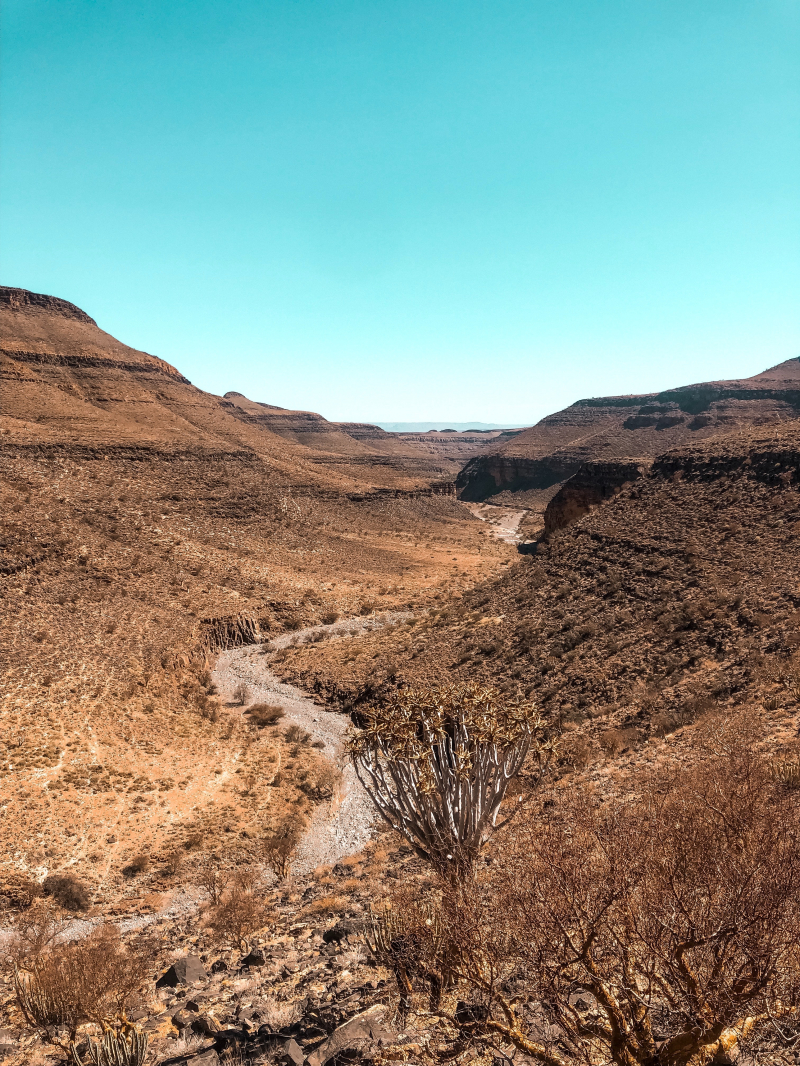
Photo by Jessie Crettenden for Pexels -
As said above, Namibia is the driest country in sub-Saharan Africa, so it is clear that water shortage is one of the major reasons behind this country's sparse population. Namibia depends largely on groundwater, to be exact, 80% of the water used for the country's mining, agriculture, and tourism is supplied from groundwater. Surface water is only accessible in the interior of the nation during the summer when rivers are overflowing from unusually heavy rains. Apart from a few big storage dams that hold back and dam up these seasonal floods and their runoff, surface water is very limited.
The only perennial rivers are found on the national borders with South Africa, Angola, Zambia, and the short border with Botswana in the Caprivi. The Caprivi in the northeast receives the most rainfall, over 600 mm (24 in) per year, and rainfall towards the coast can be as low as 50 mm (2 in) per year or less. The average annual rainfall is about 350 mm (14 in). To solve the country's water shortage problem, more than 100,000 boreholes have been drilled in Namibia over the past century. However, more than 30% of them have been drilled dry, making it extremely hard for people to live outside of the most populated part of Namibia.
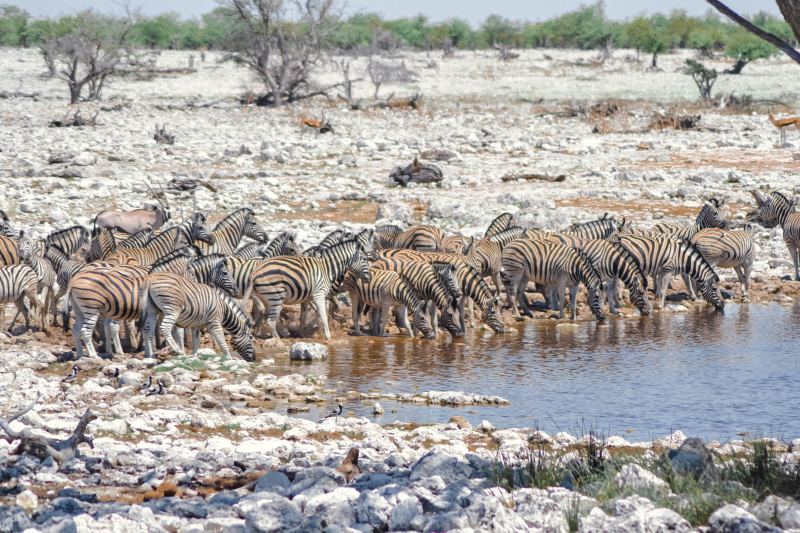
Photo by Rob Zohrab for Pexels 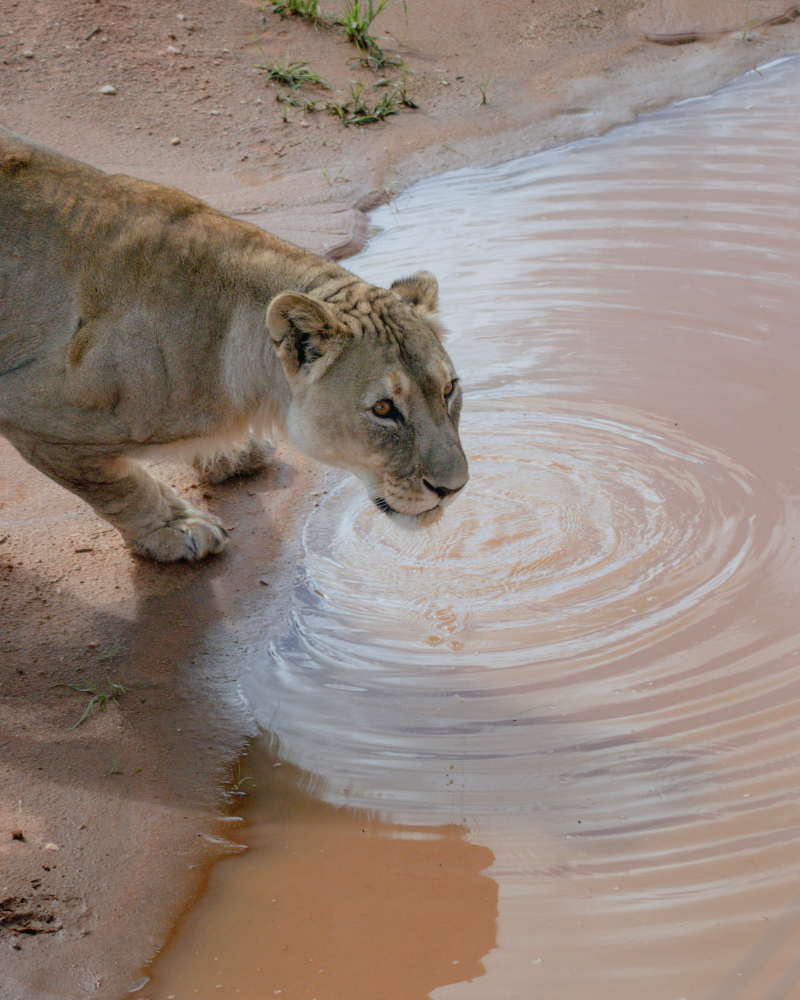
Photo by Dorota Semla for Pexels -
Despite being the land of diamonds and uranium, half of Namibia's population depends on agriculture. To be more specific, even though the economy depends on the mining of minerals, mining employs only 3% of the population, and literary half of the country's population is employed in agriculture, and agriculture takes up most of the arable land. However, arable land only accounts for less than 1% of Namibia (about .97%), making it easy to understand that most Namibians live in one place instead of all over the country's land.
One of the fastest-growing areas of economic development in Namibia is the growth of wildlife conservancies. However, this only helps a small part of Namibia's population. The majority of people in Namibia are still heavily dependent on agriculture, but sadly, a lot of people find it hard to have lands to do farm work, since quite a lot of the arable lands are owned by the UK and Germany. In 2004, the United Kingdom contributed roughly $180,000 to the cost of Namibia's land transformation program. At the time, Namibia was planning to expropriate land to black landless Namibians by taking land from white farmers. Germany promised €1.1 billion in 2021 spread over 30 years as compensation for the early 20th century genocides, but the funds will be used for infrastructure, healthcare, and training initiatives rather than land reform.
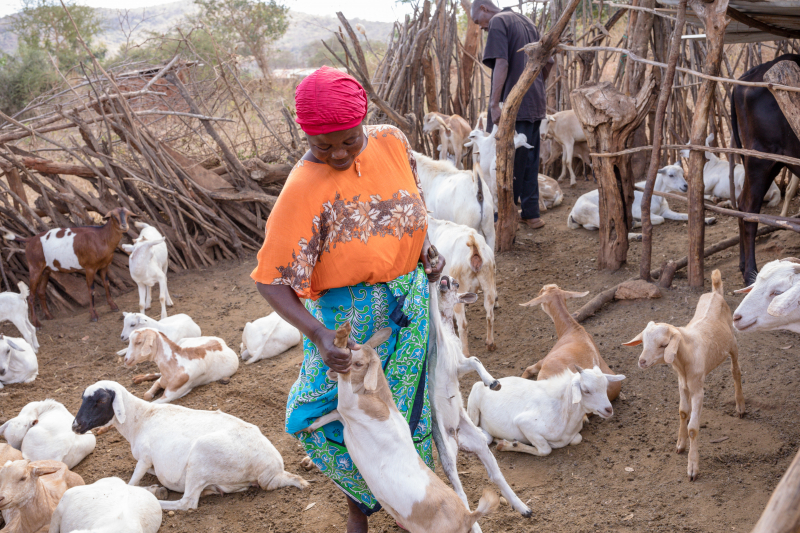
Photo by Antony Trivet for Pexels 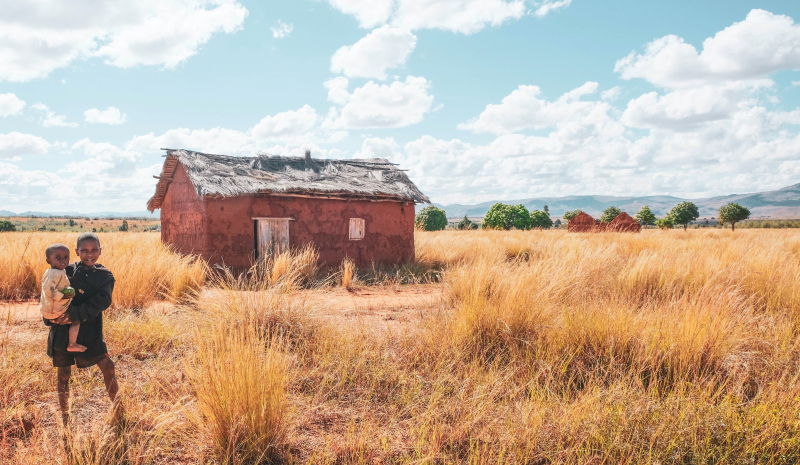
Photo by Mégane SSu for Pexels -
Religion might not be a big reason, but it definitely plays an important role in the distribution of the Namibian population. Once dominated by the UK and Germany, 80%–90% of the population of Namibia is part of the Christian community, with at least 75% being Protestant, of which at least 50% are Lutheran. There is also Islam in Namibia, which consists of about 9,000 people. Namibia is also home to a small Jewish community of about 100 people, and only 10%–20% of the population hold indigenous beliefs.
The German missionaries' activity throughout the country's colonial era, which was during the second half of the 19th century, resulted in many Namibians converting to Christianity. As said above, today, even though there are Roman Catholic, Methodist, Anglican, African Methodist Episcopal, Dutch Reformed, Latter-day Saints, and Jehovah's Witnesses, most Christians in Namibia are Lutheran, as Lutherans make up the majority of the population. The Four-O region (after its administrative divisions Oshana, Oshikoto, Ohangwena, and Omusati) is a region in central northern Namibia. It is Namibia's most populated area and also happened to be the place with the most churches and other religious establishments. As a result, people gather here for Religious services and activities.
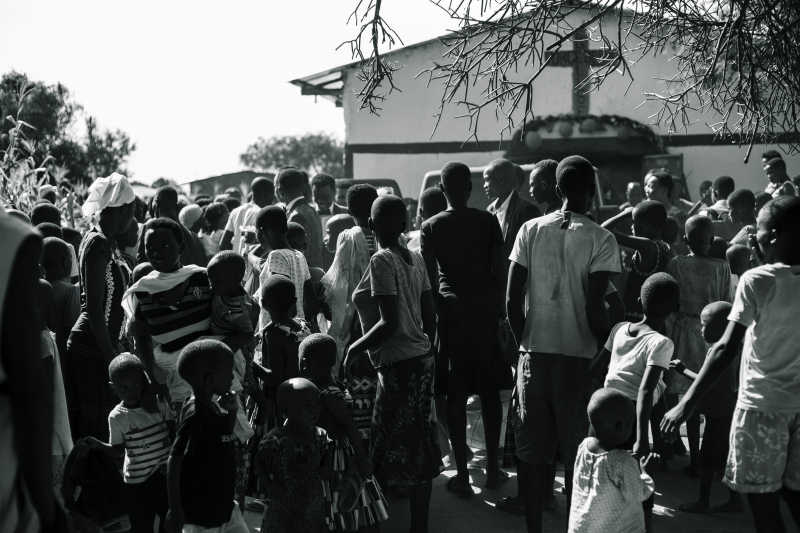
Photo by Safari Consoler for Pexels 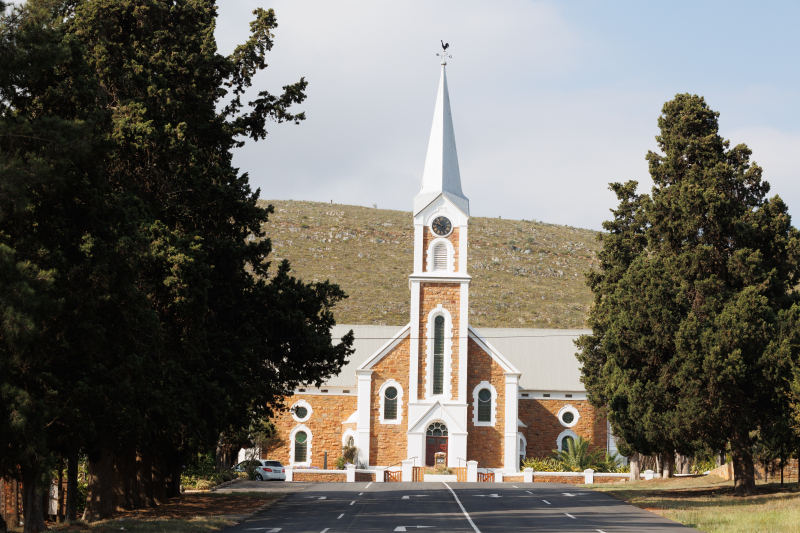
Photo by Charl Durand for Pexels







